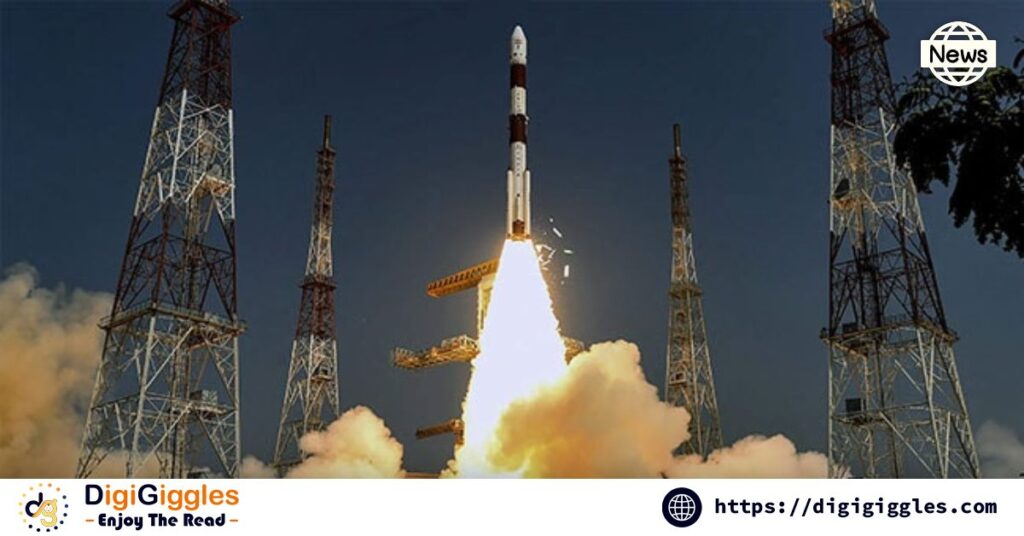In a resounding commencement to the new year, the Indian Space Research Organization (ISRO) unleashed the Polar Satellite Launch Vehicle (PSLV) on its 60th flight, carrying the XPoSat mission. The PSLV-C58 soared into the skies from the Satish Dhawan Space Centre in Sriharikota at 9:10 am IST, marking a powerful start to 2024. Having previously triumphed in lunar exploration in 2023, ISRO’s latest feat involves venturing into the intriguing realm of polarimetry with the XPoSat mission. The X-ray Polarimeter Satellite (XPoSat) is India’s inaugural endeavor in this scientific field, designed to scrutinize the dynamics of bright astronomical X-ray sources under extreme conditions. Polarimetry, which involves measuring and analyzing the polarization of X-rays emitted by celestial objects, provides a unique avenue for scientists to glean insights into enigmatic phenomena like black holes. In the study of such high-energy celestial sources, including neutron stars, polarimetry offers a valuable perspective beyond traditional imaging and spectroscopy. By deciphering the polarization of X-rays, researchers can unravel details about magnetic fields, geometry, and emission mechanisms associated with these cosmic entities. ISRO’s mission aims to explore the structure and geometry of neutron star magnetic fields, deepen understanding of galactic black hole binary sources, and validate X-ray production processes.
The spacecraft hosts two pivotal scientific payloads, POLIX and XSPECT, both operating in low Earth orbit. POLIX, developed by the Raman Research Institute in collaboration with the U R Rao Satellite Centre, focuses on measuring the degree and angle of polarization in the medium X-ray energy range. Over its anticipated 5-year mission lifespan, POLIX is set to observe around 40 bright astronomical sources. XSPECT, the second payload, boasts fast timing and high spectroscopic resolution in soft X-rays. It is dedicated to long-term monitoring of spectral state changes and simultaneous tracking of soft X-ray emissions.
An innovative twist in ISRO’s approach involves repurposing the fourth stage of the PSLV. Instead of allowing it to gradually fall into Low Earth Orbit and disintegrate over time, ISRO has equipped this stage with ten different experiments to be tested in space. The agency plans to restart the fourth stage twice to lower its orbit from 650 km to 350 km for the PSLV Orbital Experimental Module (POEM) to begin its operations. This ambitious start to 2024 emphasizes ISRO’s commitment to pushing the boundaries of space exploration. With significant projects on the horizon, including the Gaganyaan mission and the collaborative Nisar mission with NASA, the Indian space agency is poised for an eventful and groundbreaking year.
